ChatGPT:
Brest, located in the Finistère department of Brittany, France, is a city with a rich maritime heritage. Its origins, history, and development are deeply tied to its strategic position as a port on the Atlantic Ocean.
Origins
The area around Brest has been inhabited since prehistoric times, as evidenced by megalithic structures and archaeological findings. During the Roman era, Brest was a small settlement known as Gesocribate, serving as a minor port and trading post. Its strategic location in the natural harbor of the Rade de Brest was recognized even in ancient times.
Medieval Period
In the early Middle Ages, Brest was part of the Breton Kingdom and later the Duchy of Brittany. The construction of Château de Brest in the 11th century marked the city as a significant defensive site. The castle, which still stands today, played a key role in the defense of the region. Control of Brest frequently shifted between the Duchy of Brittany and the Kingdom of France during this period.
16th–18th Century: Naval and Strategic Importance
Under French rule, Brest grew in prominence due to its ideal harbor. In the 17th century, Cardinal Richelieu and later Jean-Baptiste Colbert, Louis XIV’s finance minister, transformed Brest into a major military port. The construction of the Arsenal of Brest in 1631 established it as a central base for the French Navy.
Brest played a vital role during the wars of the 17th and 18th centuries, serving as a launching point for naval campaigns and as a fortified port. Its shipbuilding facilities and strategic location made it a critical asset in France’s maritime strategy.
19th Century: Industrial and Urban Growth
The 19th century brought industrialization to Brest. The city expanded beyond its medieval core, developing new neighborhoods and modern infrastructure. The naval base remained the cornerstone of the city’s economy, supplemented by fishing and trade.
The arrival of the railway in the mid-19th century connected Brest to the rest of France, further accelerating its development. The city’s military and naval importance continued, particularly during the Napoleonic Wars.
World War II: Destruction and Rebirth
Brest’s strategic significance made it a target during World War II. The German military occupied the city, using its port as a submarine base. The Battle for Brest in 1944 resulted in the city’s near-total destruction during Allied bombing campaigns and fighting.
After the war, Brest was rebuilt in a modern style. The reconstruction, led by architect Jean-Baptiste Mathon, focused on functionality and resilience, giving Brest its current appearance of wide boulevards and concrete architecture.
Modern Development
Today, Brest remains a key naval base for France, hosting the Océanopolis aquarium and research center. It has also diversified its economy, focusing on marine science, education, and tourism. Brest is home to several universities and research institutions, including the European Institute for Marine Studies (IUEM), which underscores its role as a center for maritime innovation.
The city is known for its cultural life, with events like the Brest International Maritime Festival, celebrating its maritime history. While not a traditional tourist hotspot, Brest offers a unique blend of military history, post-war resilience, and a strong connection to the sea.
Cultural and Economic Significance
Brest’s development reflects its adaptability and importance in France’s maritime history. From its origins as a small settlement to its status as a major naval port, the city’s evolution is a testament to its strategic value and the resilience of its people.

Brest, France, is home to a mix of megalithic structures, archaeological sites, historical monuments, and modern attractions. Here’s a comprehensive list:
Megalithic Structures and Archaeological Sites
1. Cairn de Barnenez (near Brest):
• A prehistoric funerary cairn located about an hour’s drive from Brest.
• Known as one of the oldest megalithic monuments in Europe, dating back to around 4500 BCE.
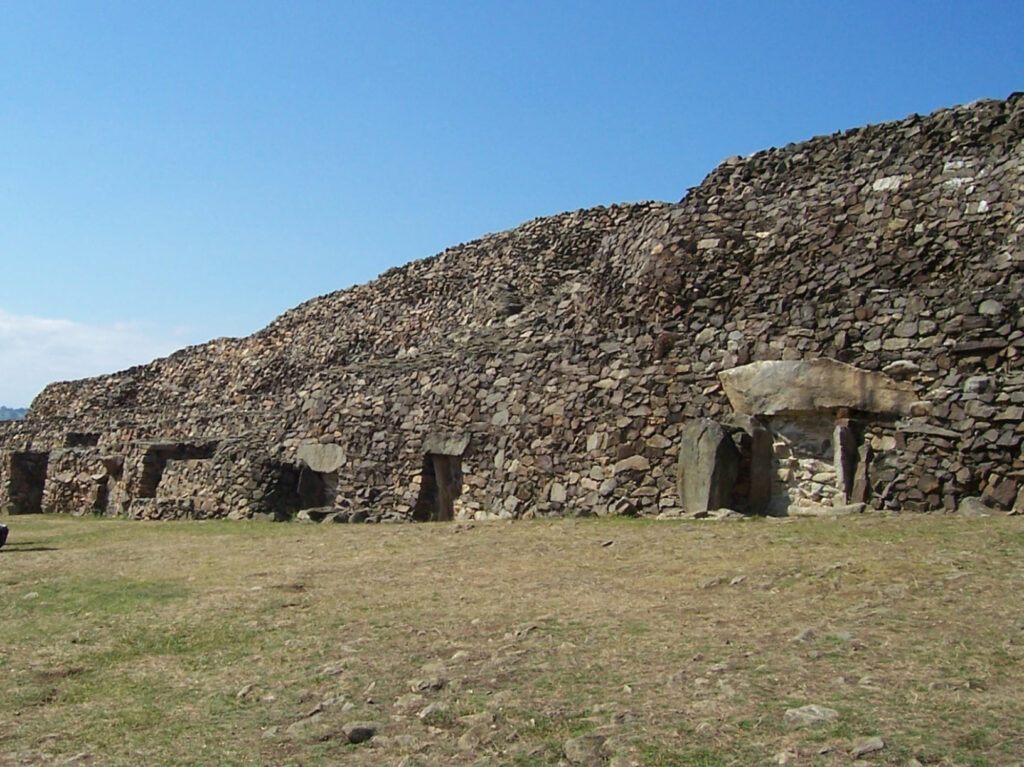
2. Menhir of Kerloas (nearby Plouarzel):
• One of the tallest menhirs in France, standing at over 9 meters.
• Located west of Brest, symbolizing prehistoric human settlement in the region.
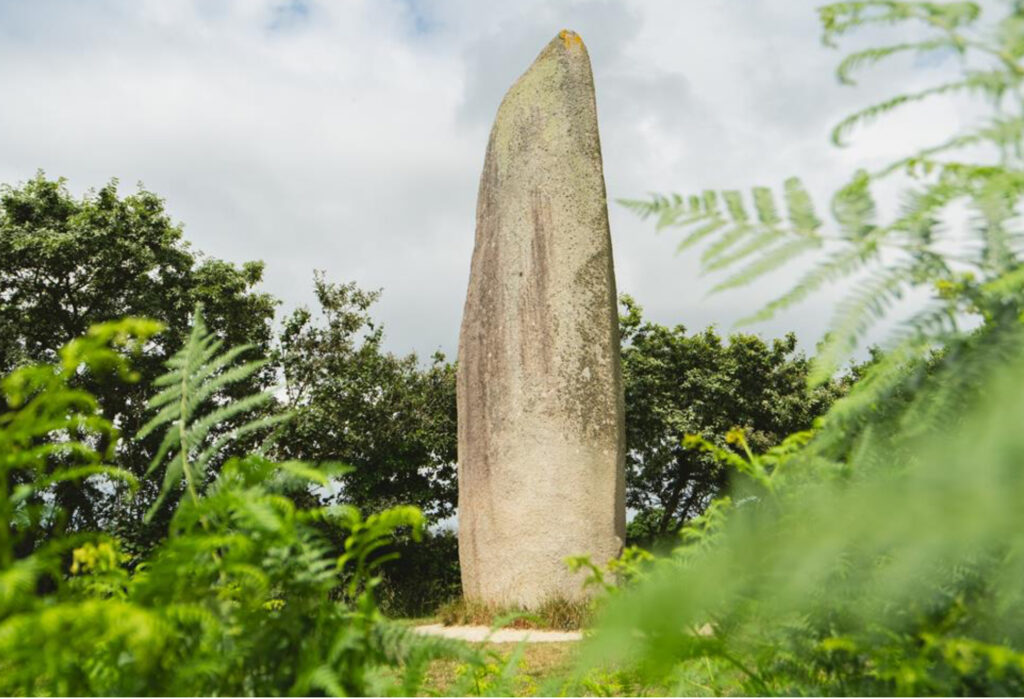
3. Cairn de l’Ile Carn (off Ploudalmézeau):
• A Neolithic burial mound on a small island accessible by boat.
• Highlights the early seafaring culture of the region.
4. Le Conquet Dolmens:
• A series of dolmens and burial chambers found near Le Conquet, not far from Brest.
Historical Monuments
1. Château de Brest:
• A medieval fortress and the oldest building in Brest.
• Houses the National Naval Museum, showcasing maritime history.
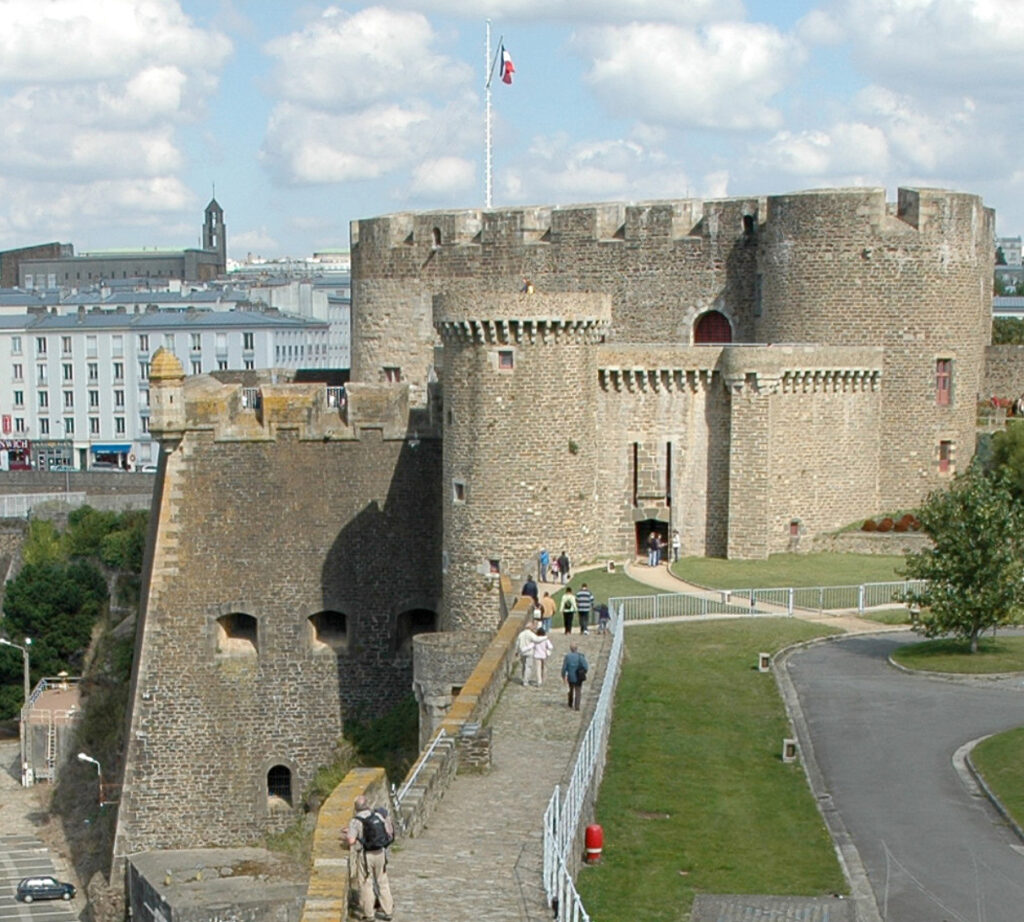
2. Tour Tanguy:
• A medieval tower located opposite the Château de Brest.
• Now serves as a museum displaying dioramas and exhibits about Brest’s history.
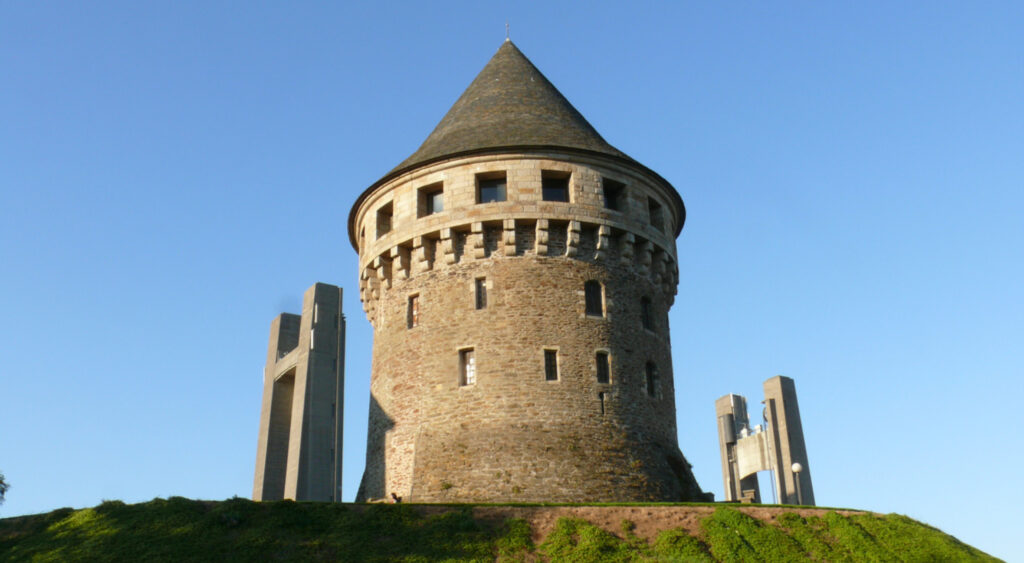
3. Fort Montbarey:
• A World War II memorial and museum dedicated to the Resistance and Brest’s role during the war.
4. Pont de Recouvrance:
• A striking vertical-lift bridge over the Penfeld River.
• One of the tallest of its kind in Europe, connecting the city’s two halves.
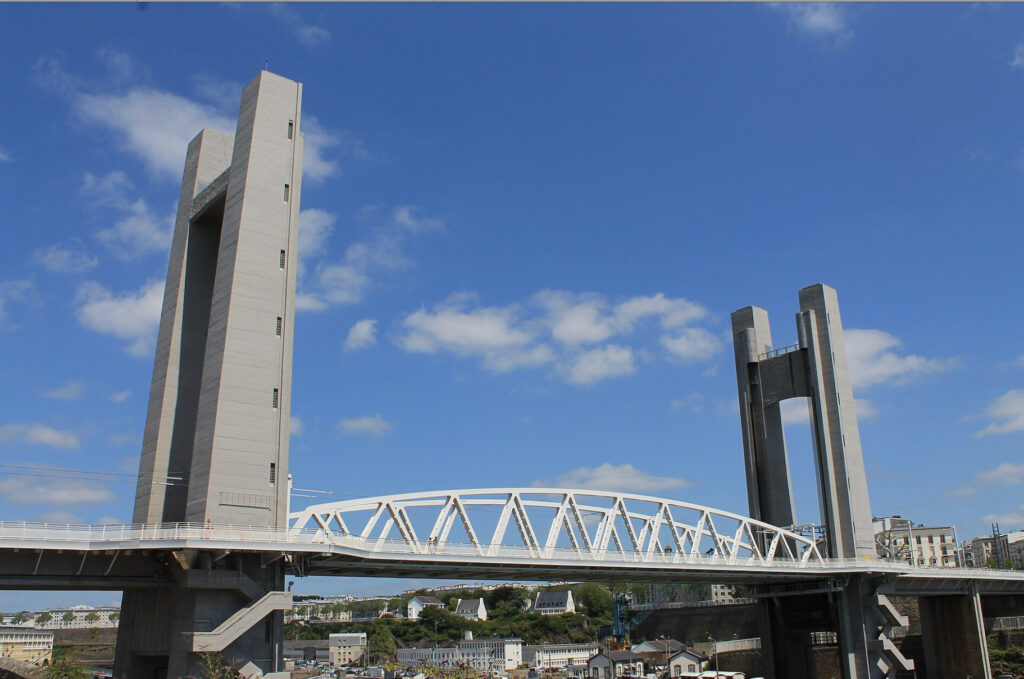
Modern Tourist Attractions
1. Océanopolis:
• A large ocean-themed park and aquarium featuring exhibits on marine ecosystems.
• One of the most popular family attractions in Brest.
2. Jardin des Explorateurs:
• A botanical garden overlooking the harbor.
• Showcases plants from around the world discovered by French explorers.
3. Les Ateliers des Capucins:
• A cultural and recreational center housed in a former naval workshop.
• Features exhibitions, events, a climbing wall, and shops.
4. Rue de Siam:
• The main shopping street in Brest, rebuilt after WWII.
• Lined with shops, cafés, and restaurants.

Natural and Scenic Sites
1. Rade de Brest:
• The expansive natural harbor, ideal for boat tours and water sports.
• Offers stunning views and access to nearby islands like Île Longue.
2. Plage du Moulin Blanc:
• A sandy beach near the port area.
• Popular for relaxation and water activities.
3. Île d’Ouessant (offshore):
• A remote island known for its rugged beauty and traditional Breton culture.
• Accessible by ferry from Brest.
4. Pointe Saint-Mathieu (nearby):
• A dramatic coastal point with a lighthouse and the ruins of an ancient abbey.
• A must-visit for history and nature enthusiasts.
Cultural and Educational Attractions
1. Musée des Beaux-Arts de Brest:
• A fine arts museum featuring works by regional and international artists.
• Includes paintings, sculptures, and historical artifacts.
2. Naval Dockyards (Arsenal de Brest):
• Part of the historic naval base, showcasing Brest’s maritime heritage.
• Access is limited, but guided tours are occasionally available.
3. Espace de Sciences et de Médecine:
• A modern science center featuring exhibitions on marine and environmental science.
These sites reflect Brest’s diverse heritage, from ancient megaliths and medieval fortifications to its modern cultural and scientific centers.
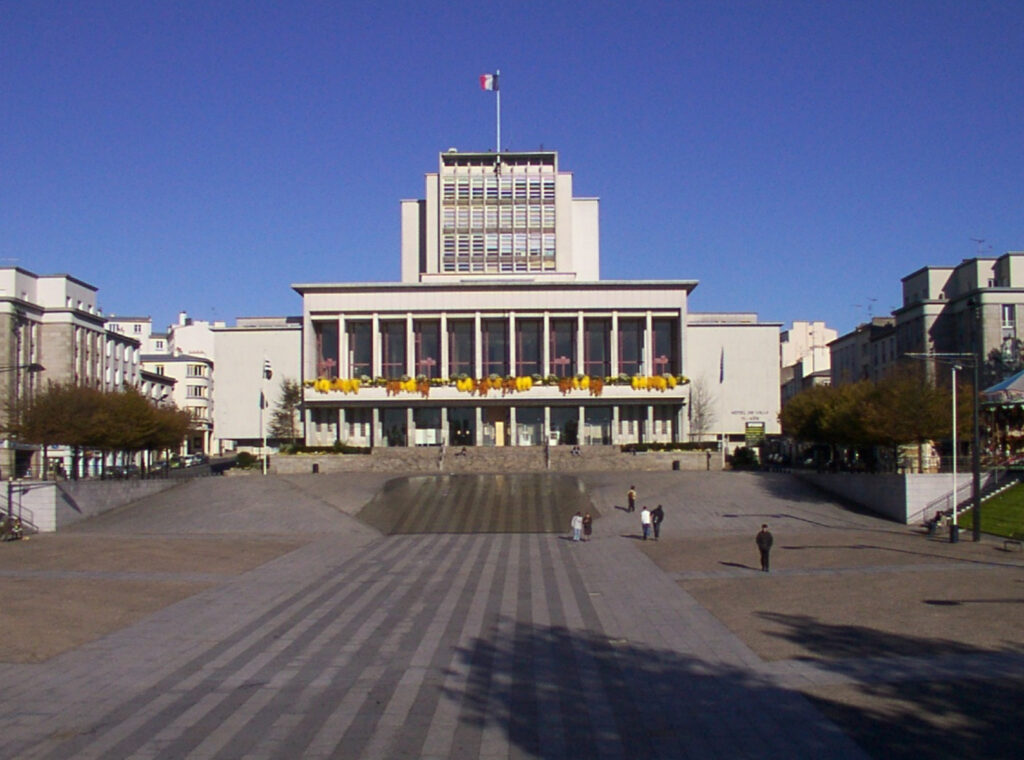
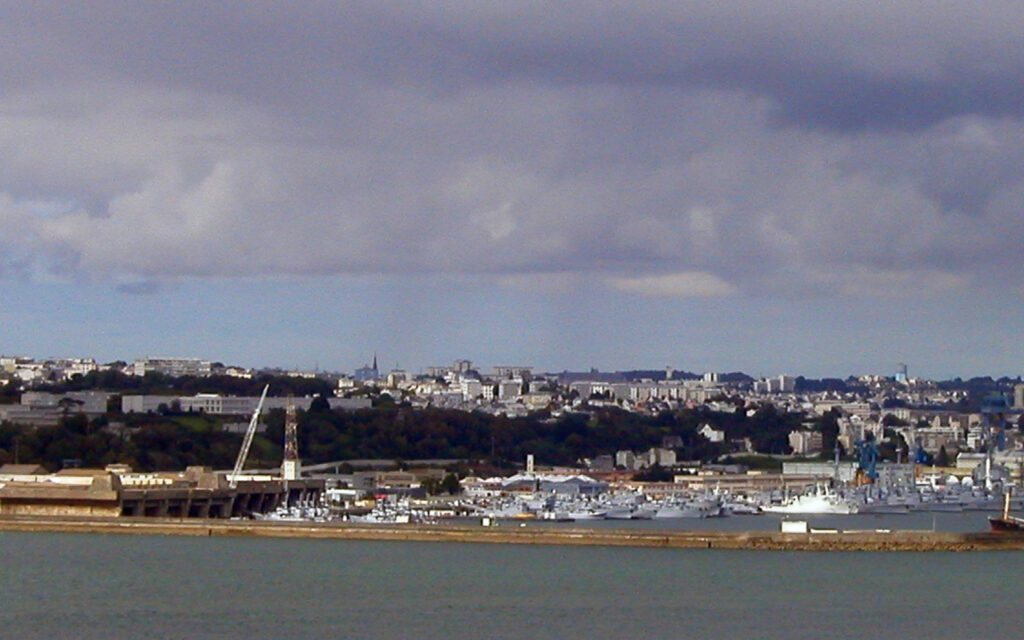
One-Day Itinerary for Brest, France
Morning: Exploring History and Maritime Heritage
1. Château de Brest (9:00 AM – 10:30 AM)
• Start your day at the Château de Brest, the city’s oldest structure and home to the National Naval Museum. Explore exhibits on Brest’s maritime history and enjoy stunning views of the harbor.
2. Tour Tanguy (10:45 AM – 11:30 AM)
• Cross the Pont de Recouvrance to visit the Tour Tanguy, a medieval tower that now houses a museum of dioramas depicting Brest’s history before and after WWII.
3. Coffee Break at a Local Café (11:45 AM – 12:15 PM)
• Stop by Café de Siam for a coffee and a kouign-amann, a buttery Breton pastry.
Lunch: Local Food Specialties
4. Lunch at Le Crabe Marteau (12:30 PM – 2:00 PM)
• Enjoy a meal featuring Brest’s famous seafood. Try their spider crab, paired with local cider or Muscadet wine. The restaurant’s rustic, nautical ambiance enhances the experience.
Afternoon: Scenic and Cultural Exploration
5. Océanopolis (2:15 PM – 4:00 PM)
• Head to Océanopolis, Brest’s renowned ocean-themed park and aquarium. Explore its three ecosystems (polar, tropical, and temperate) and learn about marine life connected to Brest’s maritime culture.
6. Jardin des Explorateurs (4:15 PM – 5:00 PM)
• Stroll through this botanical garden overlooking the harbor. Admire plants collected by French explorers and enjoy panoramic views of the Rade de Brest.
Evening: Sunset and Dinner
7. Pointe Saint-Mathieu (Optional Detour) (5:30 PM – 6:30 PM)
• If time permits, take a short drive to Pointe Saint-Mathieu, a coastal point with a lighthouse and the ruins of an ancient abbey. Watch the sunset over the Atlantic.
8. Dinner at Le M (7:00 PM – 9:00 PM)
• Return to Brest for dinner at Le M, known for its contemporary take on Breton cuisine. Dishes like cotriade (a traditional fish stew) or galettes de sarrasin (savory buckwheat crepes) are excellent choices.
Optional Evening Stroll
9. Pont de Recouvrance by Night (9:00 PM – 9:30 PM)
• Take a peaceful evening walk along the Pont de Recouvrance, beautifully illuminated at night, before concluding your day.

